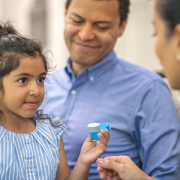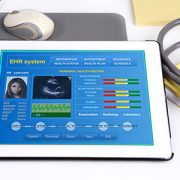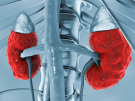Children’s National team develops trigger program for improved safety

Children’s National Hospital developed a unique pediatric triggers program that offers customized, near real-time reports of potential safety events.
Errors and adverse events continue to be a source of patient harm despite many hospitals creating safety programs. However, there are opportunities to improve patient safety using novel tools. For example, trigger programs.
A new study, published in Pediatrics, shows how a team at Children’s National Hospital developed a unique pediatric triggers program that offers customized, near real-time reports of potential safety events.
The big picture
The team defined a measure to quantify clinical utility of triggers, termed “trigger signal,” as the percentage of cases that represent true adverse or near-miss events (numerator) per total triggers activated (denominator). A Key Driver Diagram focused on unifying the program structure, increasing data analytics, promoting organizational awareness and supporting multidisciplinary end user engagement.
What we did
Using the Model for Improvement, the team of experts aimed to double overall trigger signal from 8% to 16% and sustain for 12 months.
“The Triggers Program used data analytics with quality and process improvement tools to employ novel strategies to improve trigger signal,” said Parissa Safari, M.H.A., Triggers Program project lead at Children’s National Hospital and one of the study’s authors. “This included shifting to multiple trigger committees, integrating electronic health record data with end user feedback and promoting organizational awareness.”
What we learned
Relying on the model, the team found that:
- Trigger signal increased from 8% to 41% and sustained during the COVID-19 pandemic.
- A balancing measure of time to implement a new trigger decreased.
- Key interventions to increase trigger signals were changing the program structure, increasing stakeholder engagement and development of self-service reports for end users.
The triggers program developed by the team at Children’s National highlights successful evolution of an iterative, customized approach to increase clinical utility which hospitals can implement to impact real-time patient care.
Authors on the study from Children’s National include: Richelle M. Reinhart, M.D.; Ranjodh Badh, B.S.; Solomon Abera, Pharm.D., M.Sc.; Anit Saha, M.S.H.A., M.B.A.; Jessica Herstek, M.D.; Rahul K. Shah, M.D., M.B.A.; Kavita Parikh, M.D., M.S.H.S.











